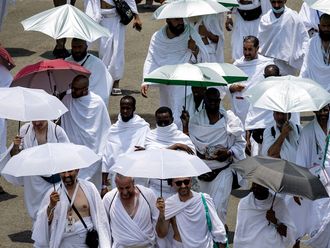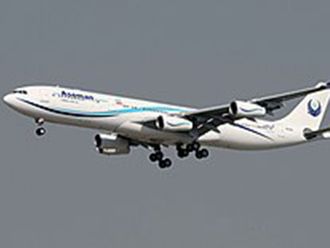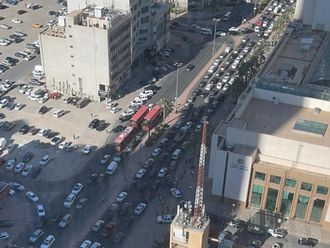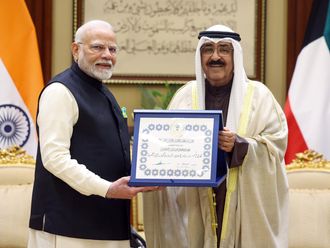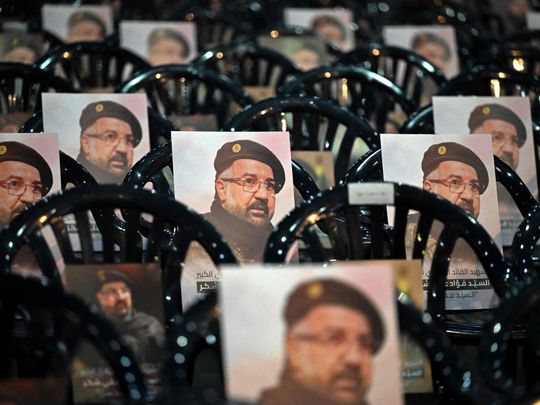
BAGHDAD: The Iran-aligned “axis of resistance” against Israel and its allies have lost two major figures in less than 24 hours in attacks either blamed on or claimed by Israel.
Hamas political chief Ismail Haniyeh was killed on Wednesday in Tehran in a strike the group blamed on Israel, hours after top Hezbollah commander Fuad Shukr perished in an Israeli strike on southern Beirut.
Here are the main members of the “axis of resistance” which has supported Hamas since the Palestinian group launched the October 7 attack on Israel, sparking fears of a regional conflict.
Iran
Middle East powerhouse Iran is officially committed to the destruction of what it calls the “Zionist entity”. It backs armed groups across the region who have attacked Israel since the Gaza war erupted.
In April, Iran made its first ever direct attack on Israeli soil, firing a barrage of drones and missiles after a deadly strike on its Damascus consular annexe blamed on Israel.
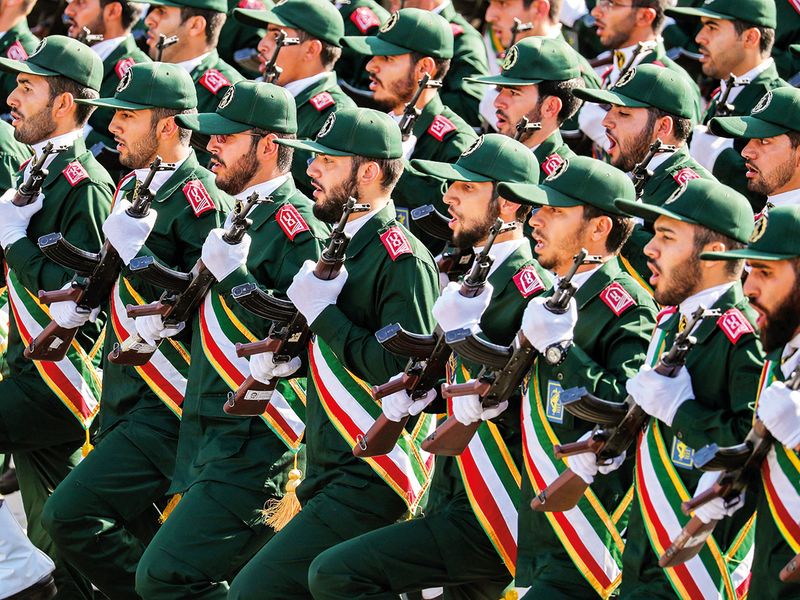
Days later, explosions rocked Iran’s central Isfahan province, with US officials saying that Israel carried out a retaliatory strike.
Israel has declined to comment on Haniyeh’s killing, but Iran’s supreme leader Ayatollah Ali Khamenei threatened a “harsh punishment”.
Hezbollah
Lebanon’s Hezbollah, the most powerful “axis of resistance” group, has traded near-daily cross-border fire with Israel since the start of the Gaza war.
The killing on Tuesday of Shukr, who Israel says was responsible for a weekend strike on the Israeli-annexed Golan Heights that killed 12 children, has raised fears of a fierce response.
Hezbollah, or “Party of God” in Arabic, was founded during the 1975-1990 Lebanon civil, war after Israel’s 1982 invasion of Beirut.
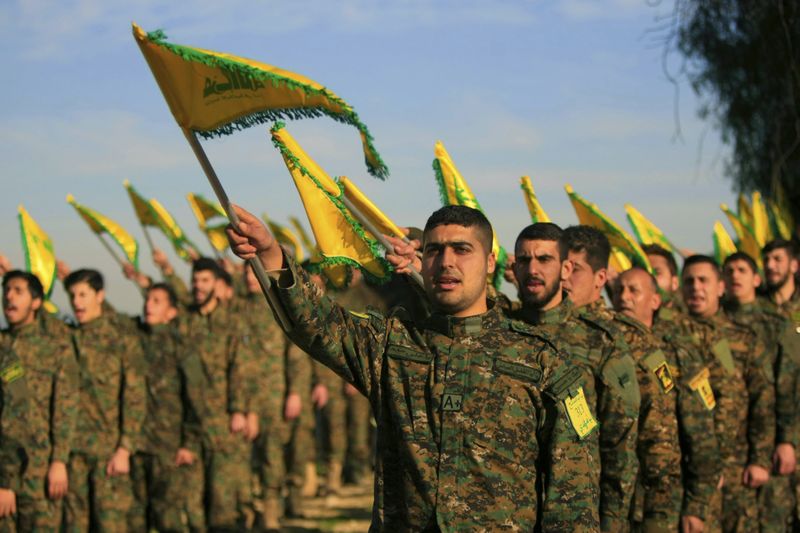
Created at the initiative of Iran’s Revolutionary Guards, the group fought Israeli troops who occupied southern Lebanon until 2000.
It is the only faction to have retained its weapons after the end of the civil war, and is considered to have a bigger arsenal than the army.
Hezbollah has expanded the size and quality of its arsenal since it last fought an all-out war with Israel in 2006.
Hezbollah chief Hassan Nasrallah has repeatedly said his group’s advanced weaponry can strike deep into Israel.
Hamas
Hamas, which emerged from the Muslim Brotherhood movement, was created in 1987 after the first Palestinian uprising known as the intifada, and has ruled the Gaza Strip since 2007.
For decades, targeted assassinations have killed Hamas political figures and military commanders, pushing its leadership abroad, in Syria, Lebanon, Qatar and Turkey.
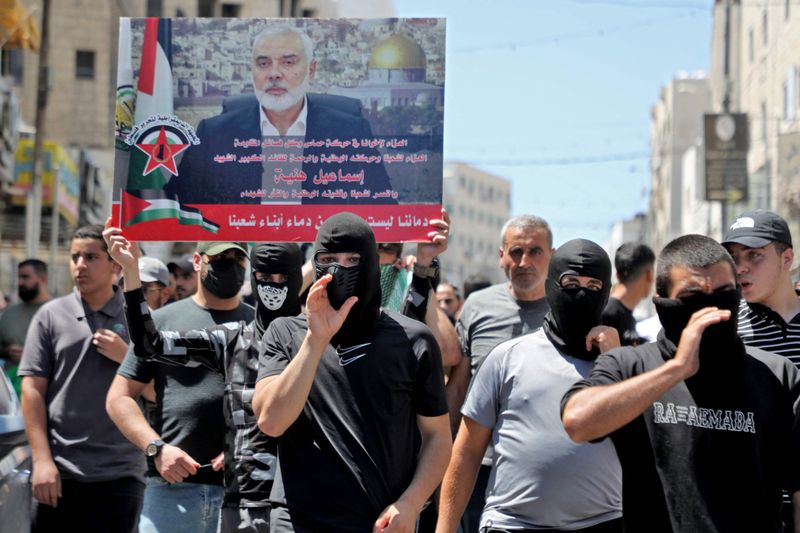
In recent years, the group improved its relations with Iran and gradually became a key “axis of resistance” member.
The latest Gaza war was sparked by Hamas’s October 7 attack on Israel that resulted in the deaths of 1,197 people, mostly civilians, according to an AFP tally based on official Israeli figures.
Israel’s retaliatory campaign has killed at least 39,480 people in Gaza, mostly civilians, according to the territory’s health ministry.
Israel has vowed to crush Hamas, and on Thursday announced it had killed the group’s military chief in a July 13 air strike in Gaza. Hamas has yet to confirm this.
Iraq ‘resistance’ groups
Several Iraqi Shiite groups are also aligned with Iran and hostile to the United States, which still maintains troops in Iraq since the 2003 US-led invasion of the country.
They are demanding the departure of roughly 2,500 American troops deployed in Iraq as part of a US-led anti-militant coalition.
In the first few months of the Gaza war, these groups which have formed a loose alliance known as the Islamic Resistance of Iraq have targeted US forces in the country in support of the Palestinians, before suspending their attacks in late January.
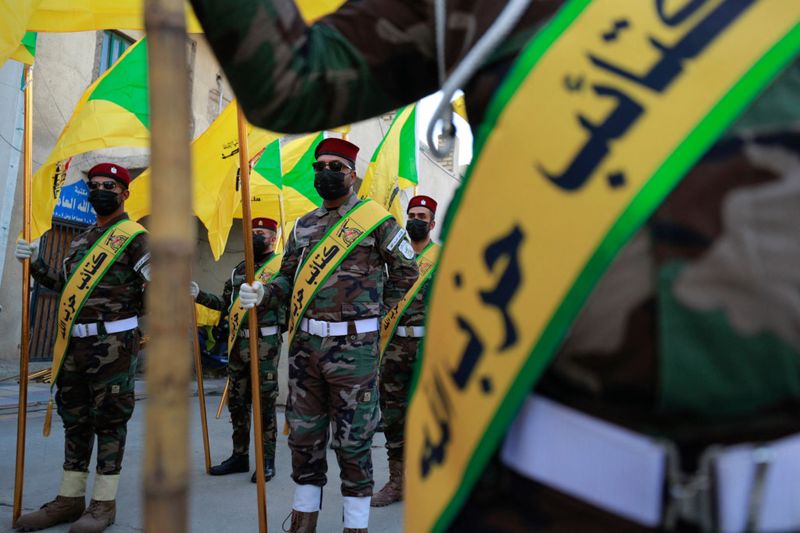
The alliance has also claimed to have targeted Israel with drones and rockets.
The alliance’s main groups are Kataeb Hezbollah, Al Nujaba and the Sayyed Al Shuhada Brigades.
These groups are also affiliated with Hashed al-Shaabi, mainly former paramilitaries now integrated into Iraq’s armed forces.
Yemen’s Al Houthis
In the wake of the Gaza war, the Houthis have launched numerous attacks against commercial shipping in the Gulf they say is linked to Israel, triggering retaliatory strikes by the United States and its allies.
They have also claimed targeting Israel, sometimes in joint operations with Iraqi groups.
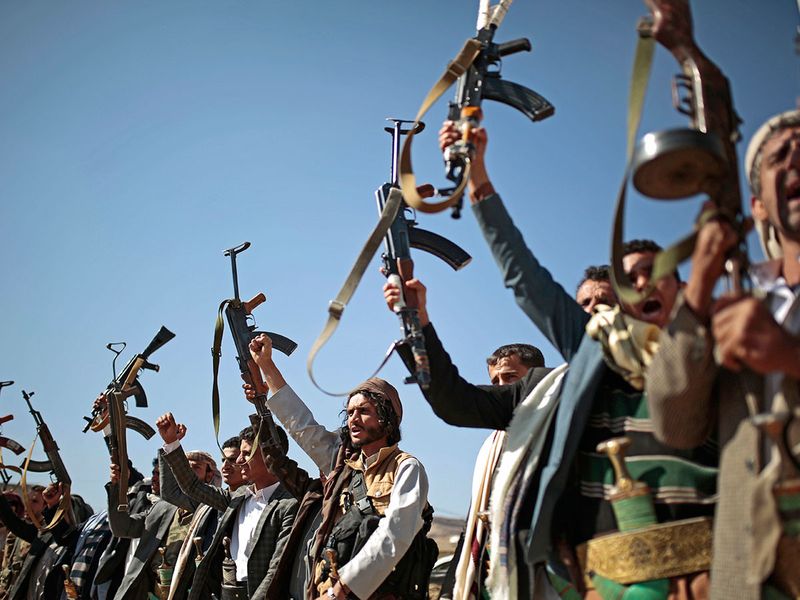
On July 20, Israel struck Yemen’s Houthi-controlled Hodeida port, its first attack on the Arabian Peninsula’s poorest country, a day after a Huthi drone attack killed a civilian in Tel Aviv.
Originating in northern Yemen, the Houthis were founded in the 1990s to fight the alleged marginalisation of their minority Zaidi community, a branch of Shiite sect, in the majority Sunni country.
In 2014, the movement seized control of the capital Sana’a and large swathes of Yemen, prompting Saudi Arabia the following year to form a multi-national coalition in support of Yemen’s internationally recognised government.



